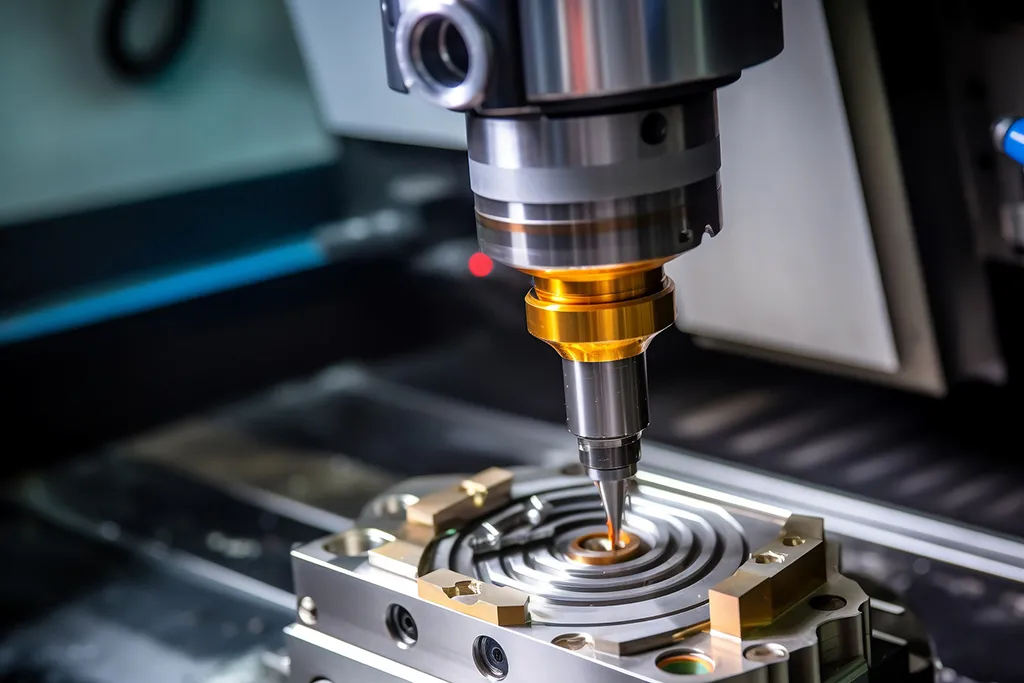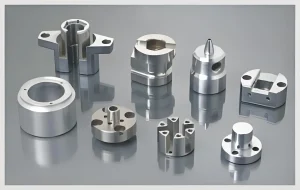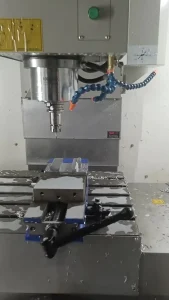Sheet metal processing shapes metal sheets into various products and structures. It plays a key role in industries like automotive, aerospace, electronics, and construction. By cutting, bending, and assembling metal, manufacturers create durable and precise parts. To fully understand this process, let’s explore its techniques and applications.

Basics
Sheet metal processing begins with thin sheets of metal. These sheets usually range in thickness from 0.5mm to 6mm, and common metals include steel, aluminum, copper, and brass. Fabricators transform these materials into products that vary from simple brackets to intricate machinery parts.
The process kicks off with cutting. Fabricators use tools such as laser cutters and shears to cut the metal accurately. Once cut, the metal is bent into shape using machines like press brakes. After shaping, the parts are assembled through techniques like welding, fastening, or riveting. Each of these steps works together to form the final product.
Key technologies
Sheet metal processing uses several key techniques, each of which contributes to shaping the metal. Let’s break down the most commonly used methods:
- Cutting: Fabricators cut metal using tools like laser cutters or plasma cutters. These methods guarantee high precision, especially for intricate designs.
- Bending: Press brakes bend the metal into the desired shape, making this step essential for creating structural parts.
- Punching: By using a punch and die set, fabricators create holes in the metal. This technique is useful for adding mounting holes or other functional features.
- Welding: Welding joins metal parts, providing the necessary strength and stability in the final product.
Common Applications
Sheet metal processing serves a wide range of industries, thanks to its flexibility and durability. Below are some of its key applications:
- Automotive Industry: Manufacturers rely on sheet metal to produce car bodies and engine parts. Its strength and lightweight properties improve vehicle performance.
- Aerospace Industry: The aerospace sector uses sheet metal to produce lightweight, high-precision components. These parts must endure extreme conditions while maintaining structural integrity.
- Electronics: Sheet metal is crucial for creating enclosures and housing for electronic devices. It protects sensitive internal components from damage and interference.
- Construction: Sheet metal is widely used in construction, particularly in roofing, HVAC systems, and structural supports.
Advantages
- Durability: Products made from sheet metal last long and can withstand harsh environments. This durability makes them ideal for demanding industries.
- Cost-Effectiveness: Sheet metal processing is relatively affordable, particularly for large production runs. Automated processes reduce labor costs, further increasing savings.
- Precision: Modern techniques, such as laser cutting, deliver high precision, ensuring consistent quality in every part.
- Versatility: Sheet metal processing can create a wide variety of products, from small components to large structures, making it highly versatile.
The Importance of Sheet Metal Processing in Modern Manufacturing
Sheet metal processing is crucial in modern manufacturing. It enables companies to produce high-quality products efficiently. With advances in technology, fabricators now use automation and computer-aided design (CAD) to boost precision and cut down production time. As a result, companies benefit from faster turnaround times and lower costs.
Additionally, sheet metalprocessing supports sustainable manufacturing. Many of the metals used, such as aluminum and steel, are recyclable. This reduces waste and aligns with environmentally friendly production practices.
Conclusion
In summary, sheet metal processing is essential for many industries. Its durability, precision, and cost-effectiveness make it a go-to manufacturing method. From automotive parts to electronic enclosures, sheet metal processing delivers the versatility needed to meet a wide range of production needs. As technology continues to evolve, this process will remain a vital part of modern manufacturing, offering more innovations and efficiencies.






